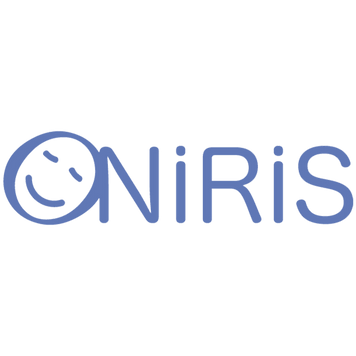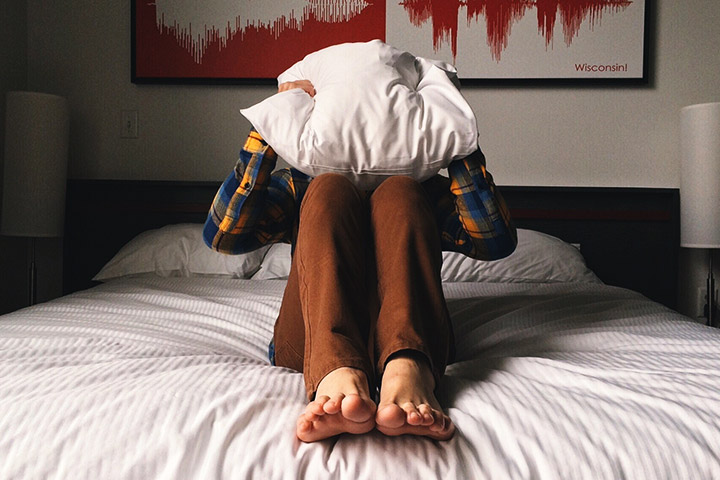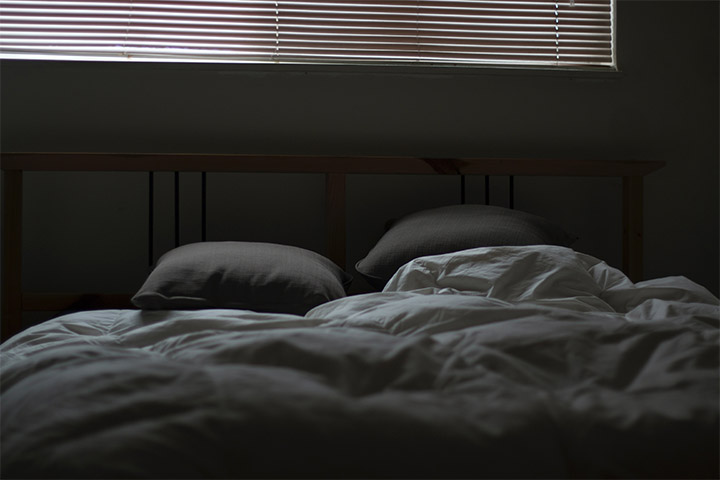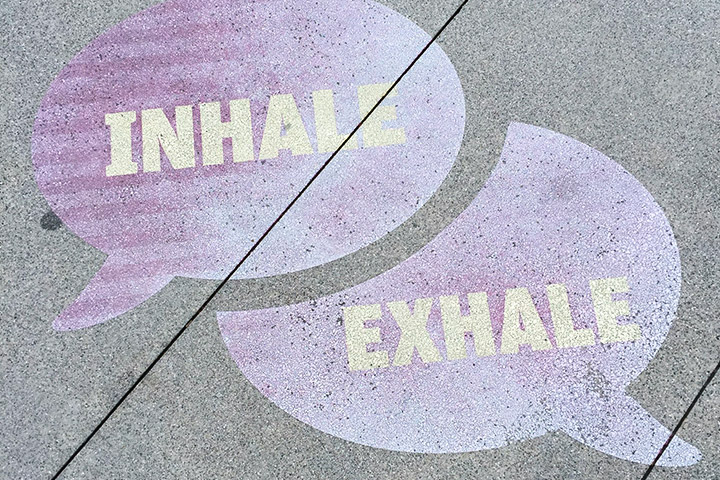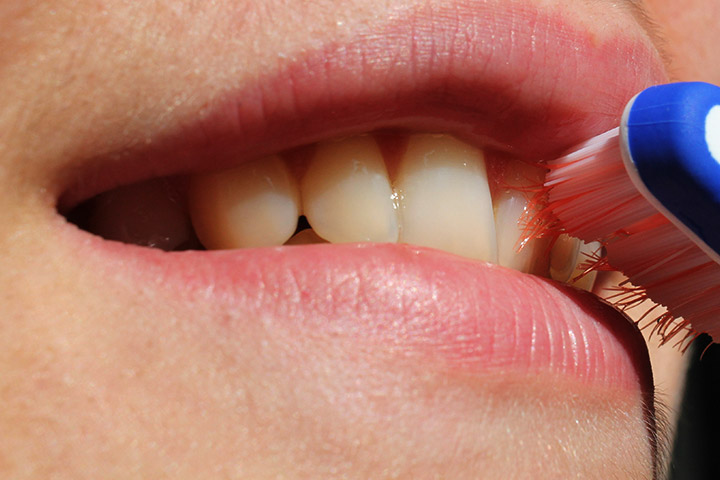Sleep apnoea is a sleep disorder with many serious health consequences for those affected. Therefore, it must be diagnosed by a professional in order to evaluate its degree of severity and to be able to set up an adapted treatment. Several solutions exist to treat sleep apnoea, including positional therapy. How can you reduce sleep apnoea with your position at night? Which positions should be avoided when sleeping? Let’s take a look.
What is Sleep Apnoea Syndrome?
Sleep apnoea is a sleep disorder characterised by a succession of breathing pauses during the night. Depending on the severity of the sleep apnoea, these pauses can last from several seconds to one minute. They are repeated several times during sleep. Apnoea is caused by the relaxation of the tongue and throat muscles, which collapse on the airway and cause breathing problems. There are two types of sleep apnoea: obstructive sleep apnoea (OSA) and central sleep apnoea. OSA is the most common type of apnoea and can be corrected with sleep apnoea treatment.
There are multiple consequences of sleep apnoea: sleepiness, chronic fatigue, disruption of sleep cycles, irritability, compulsive eating, lack of concentration, etc. Snoring is one of the most significant consequences of sleep apnoea. Moreover, it is as annoying for the sleeper, who does not get a quality sleep, as it is for the people living with him/her. Sleep apnoea has various causes. In less severe cases, it is linked to a bad sleeping position.
Sleeping on your back: an aggravating factor in sleep apnoea
In which position should I sleep to avoid sleep apnoea? The sleeping position is important: if it is well chosen, it will not only allow you to sleep better, but also to avoid sleep apnoea. The dorsal position (sleeping on your back) is not conducive to quality sleep. In fact, it draws the tongue, uvula and soft palate downwards, what causes snoring and sleep apnoea.
Positional obstructive sleep apnoea syndrome is defined when a 50% increased risk is observed in the dorsal position. If the cessation of breathing occurs exclusively when a person is lying on his/her back, this is known as exclusive positional obstructive sleep apnoea syndrome. This affects about 15% of patients with sleep apnoea, who are treated with positional therapy. This therapy consists in correcting the position during sleep to improve the patient’s condition.
What is positional therapy?
Positional therapy consists in changing the position during the night to prevent sleeping on your back and thus sleep apnoea. It is not easy to stop sleeping on your back when you are used to it. Sometimes it is necessary to find a way to avoid returning to this position naturally. There are several solutions for this:
- Use an anti-snoring pillow: it supports the head and corrects the sleeper’s position by acting on the neck. It does not prevent sleeping on the back, but keeps the head and neck in line with the rest of the body. This allows air to flow more easily through the airways and prevents snoring.
- Application of a positional alarm: This vibrating device is placed on the neck or chest and is activated if the person is lying on their back. In this case, be careful that the alarm does not wake you up, as this would degrade the quality of sleep.
- Tennis balls: A pocket is sewn in the back of a tight top and one or more tennis balls are placed in it. This makes lying on your back particularly uncomfortable and forces you to lie on your side.
- Use special clothing: anti-snoring clothing such as the anti-snoring t-shirt has a foam cylinder attached to the back. It also prevents you from sleeping on your back.
- Sleeping with a filled backpack: You sleep with a fairly large backpack, filled with small pillows or a football. This prevents the person from lying on their back. There are backpacks specifically designed for this purpose.
- Raising one side of the mattress: this creates a slope that encourages side sleeping.
- Use behavioural therapy: changing night-time behaviour is the goal of the treatment programme. Behavioural therapy can improve the response to positional therapy. It consists of changing certain bad habits that may contribute to snoring and sleep apnoea.
As you can see, there are many positional solutions to stop sleeping on your back and snoring. It is also possible to opt for a very effective anti-snoring solution: the mandibular advancement device offered by Oniris. The latter is placed on the lower jaw during the night and allows the airways to be freed up. The device is easy to use, adapts to your jaw with its thermoformed moulding system and is extremely effective in reducing snoring and mild to moderate sleep apnoea.
